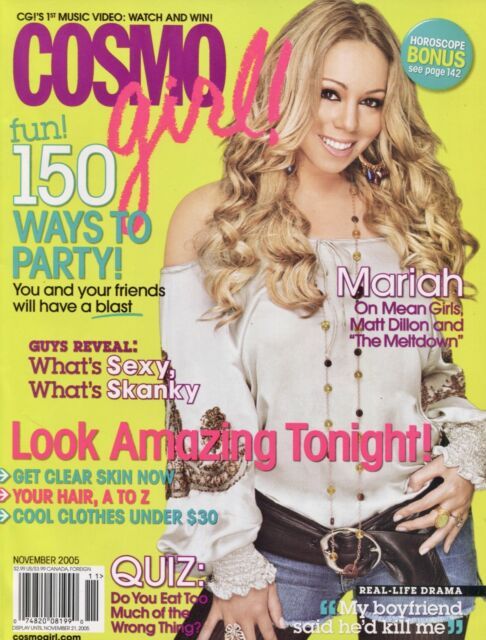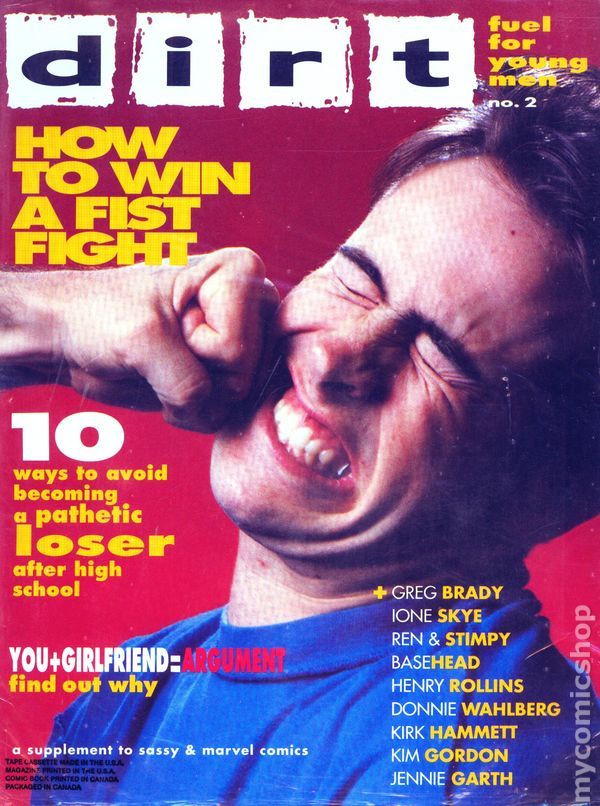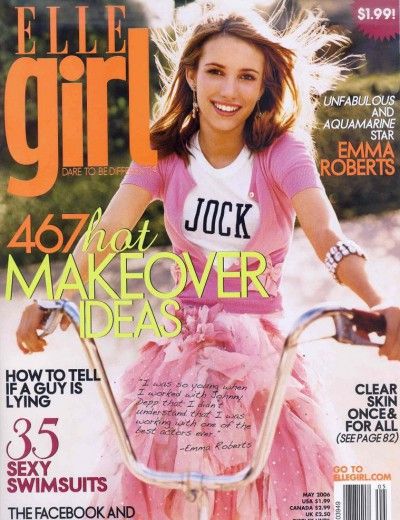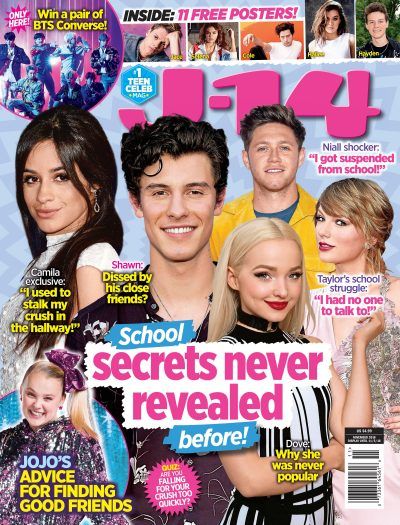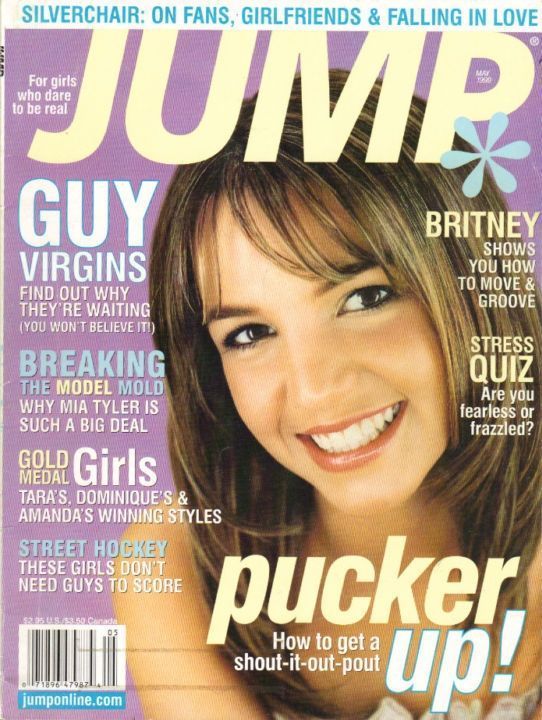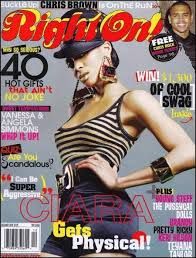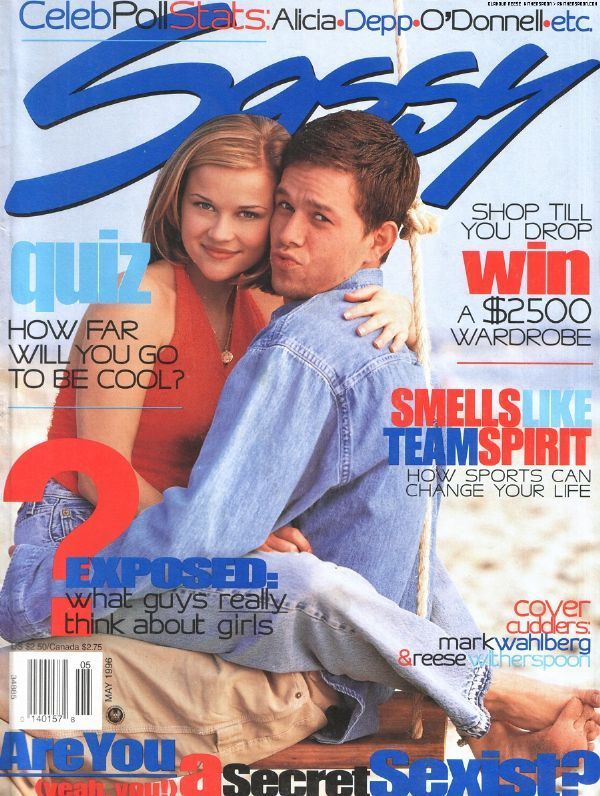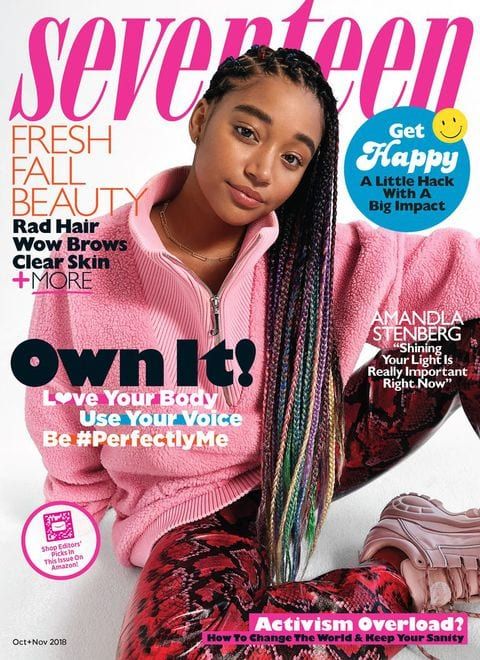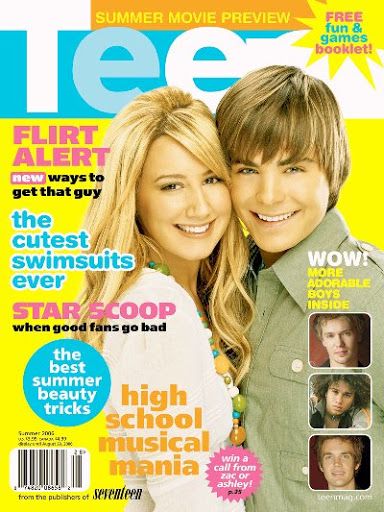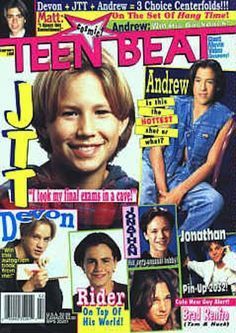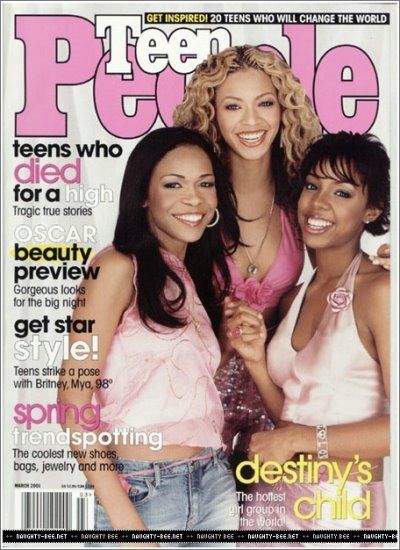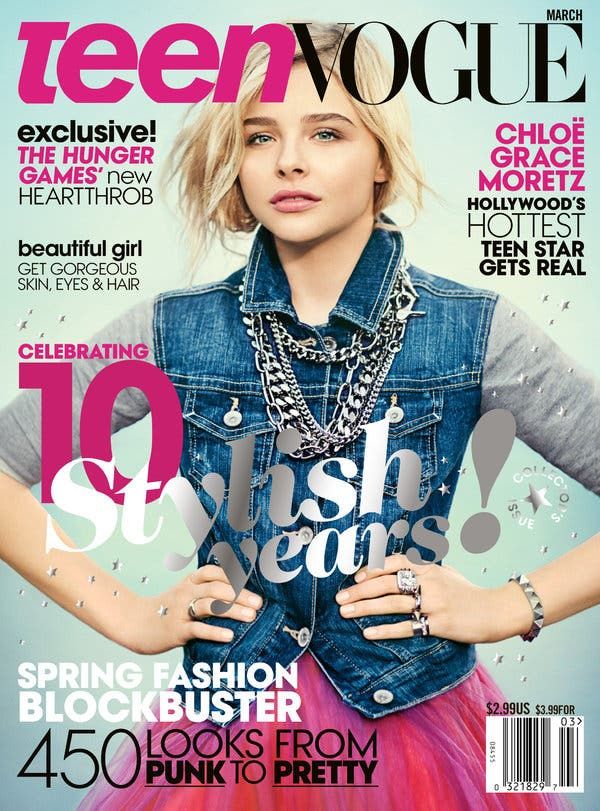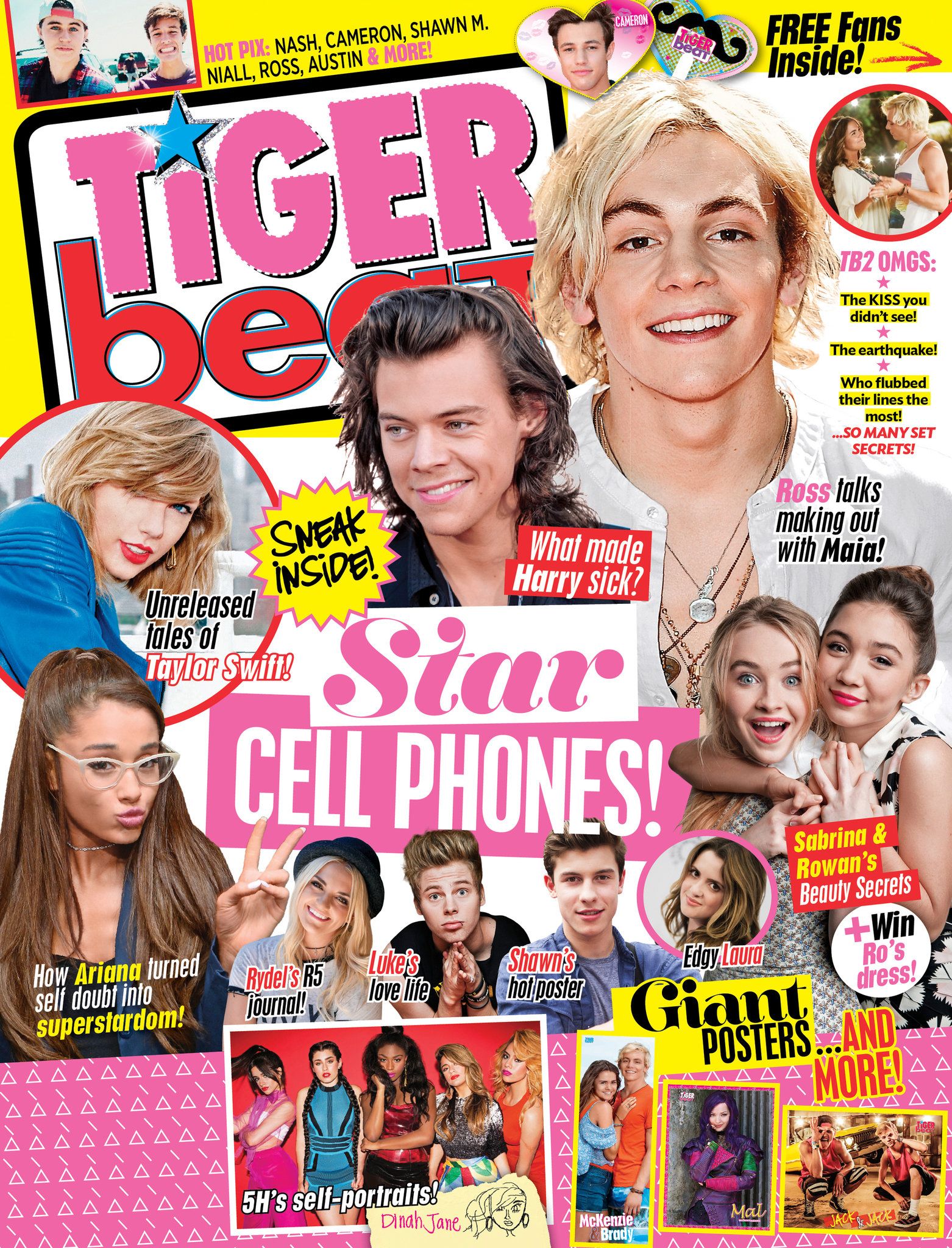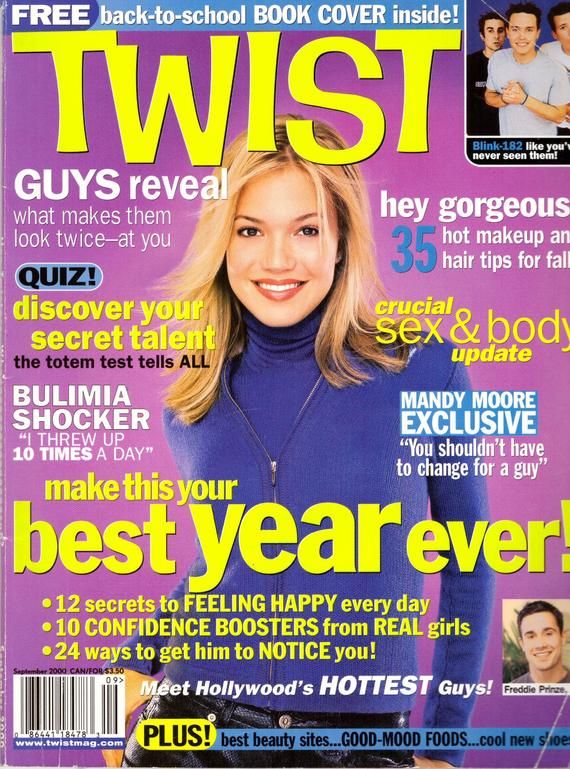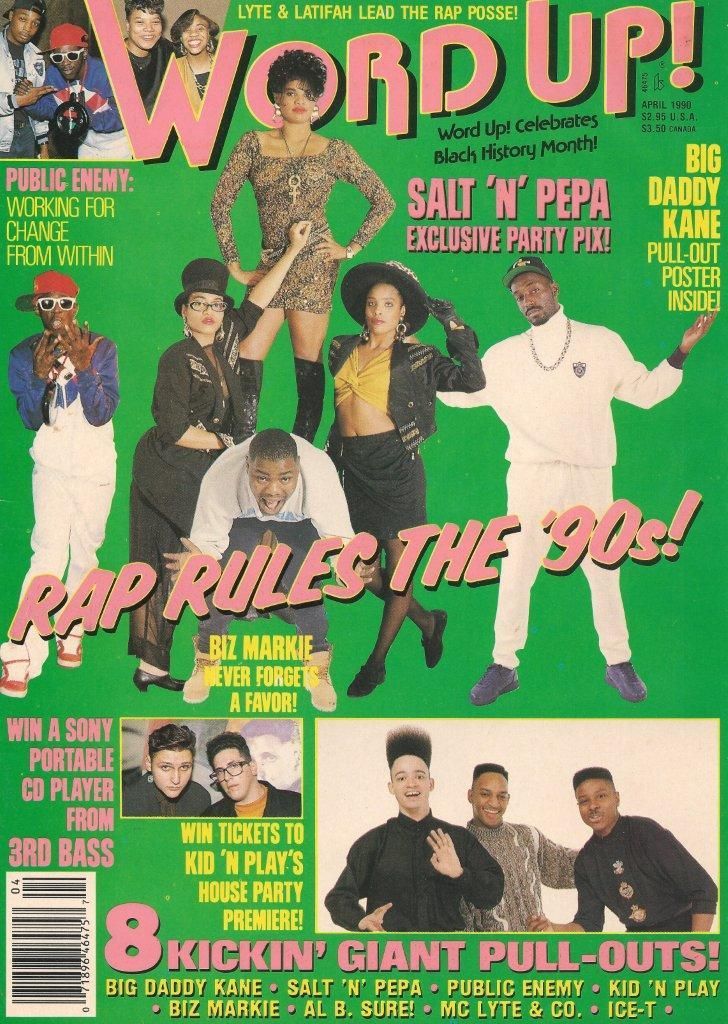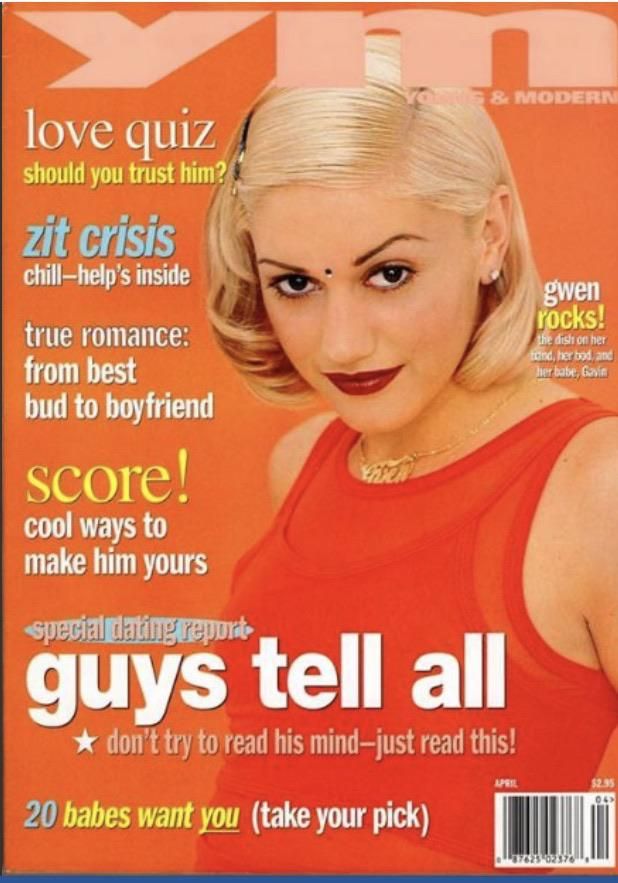Some of these teen magazines are still being published, either in print or digitally. Others ceased operation completely or pivoted to online-only. This will be an incomplete list but one that should tap the nostalgia button for readers who loved their monthly or semi-monthly subscriptions or trips to the corner store for the latest edition.
The bulk of these publications will be U.S.-based, but many of these periodicals had sister publications across the world. It should be clear, too, that the bulk of these magazines reached a white, middle class readership, which is especially reflected in the covers of earlier editions of the titles.
For more great reading about teen magazines past and present, explore this piece on the rise and fall of teen magazines at The Hairpin, the history of teen idol magazines at Mental Floss, and this fabulous piece about how teen magazines have always been about more than fashion in The Washington Post.
When CosmoGirl! ended, it was rolled into Seventeen magazine.
Dirt ended its run in 1994.
ElleGirl targeted older teens, and each issue included serialized fiction from a young adult author, among other features.
J-14 began at the same time Bop and Tiger Beat were slowing down their growth and it emerged as a real competition. As of August 2015, J-14 launched an online-only Spanish edition to continue expanding its readership.
Jump also featured celebrities, including a fresh-faced Britney Spears as its cover model in 1999.
Many believe Right On! to be the first magazine in the U.S. to cater to Black teens, offering celebrity news and gossip like cousins Bop and Tiger Beat. The monthly publication aimed to keep a positive tone and highlighted musicians, athletes, and business people alongside film and television celebrities.
Right On! maintained its print run until 2014 but it’s accessible online today.
What made Sassy stand out was that it took a slightly off-centered approach to content and style. It was bolder than other teen magazines and covered politics alongside fashion, culture alongside celebrities, and more. Once a year, Sassy also devoted an entire issue to its readers, who would write, design, and edit the issue cover to cover.
It wasn’t until after World War II that teenagers were seen as a unique and distinct age group, and Seventeen helped usher in the era, particularly for tween and teen girls.
In 2017, the monthly combined circulation of the magazine was over 2 million across its English and international editions, which include Mexican, Indian, South African, Malaysian, Thai, Japanese, and more.
Teen came from the same family of magazines as CosmoGirl! and Seventeen, and when it folded, the focus became Seventeen.
Among the celebrities who graced the glossy pages included John Travolta, Molly Ringwald, Jonathan Taylor Thomas, Menudo, Backstreet Boys, Lindsay Lohan, and more.
Another fascinating read about Teen Boss worth digging into is Heather Schwedel’s look between the pages at Slate.
As of this writing, it appears Teen Boss went out of print, though there’s no confirmation online, as there was no online edition. The magazine’s Facebook page was last updated December 17, 2018.
Teen People kept their focus for and by teens, including a large group of teens who served as “Trendspotters” who helped guide content and voice.
Though the print edition ceased in December 2017, Teen Vogue has a robust online presence.
Teens have always been the primary market for Teen Vogue, but as the magazine shifted online, teens have not been the primary readers and traffic-drivers to the site. Entertainment isn’t the most popular reading on site, either: it’s politics and current affairs.
Tiger Beat launched in September 1965 and its print operations ended in December 2018. But never fear: teens (and not-so-teens) who love teen idols, gossip, movies, music, and entertainment can access all of the goodness of the magazine on their active website.
Given its long run over generations of teens, it’s no surprise to see Tiger Beat has really thought about and adapted to its newest readers in Gen Z.
Twist ended its print run in 2016, but turned its focus to online. But as of this writing, Twist magazine no longer appears to be updating its independent social media, nor does it have its own website address. Rather, it appears to have folded into J-14, a sister publication.
Readers could dig into interviews, as well as tear out posters and photos featuring favorite hip-hop and R&B stars and emerging talent.
In 1932, two magazines existed that would form YM: Compact, meant for older teens, and Calling All Girls, for tweens and younger teens. Calling All Girls has been cited as the beginning of the teen magazine staple of embarrassing reader-submitted stories. By the 1960s, the magazines came together to become Young Miss, and in the 1980s, YM began to stand for Young and Modern. It saw its final name change in 2000, when it became Your Magazine.
The print publication ceased in 2004.
YM changed and shifted not just in name, but in content as well. Though a fashion-focused magazine in its later years, in early editions it included comics and short stories. As it evolved, editorial decisions toward its fashion focus made it a forerunner in choosing to no longer run articles about topics like dieting.






